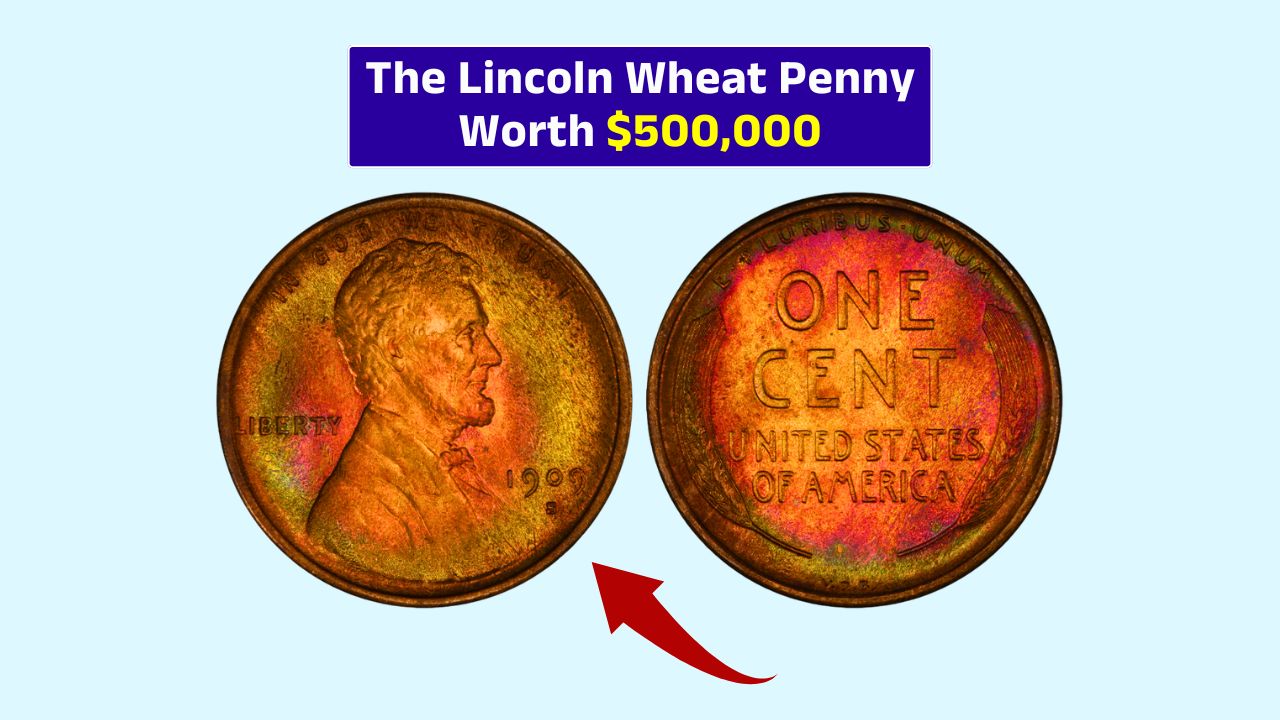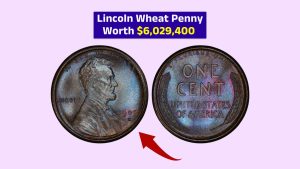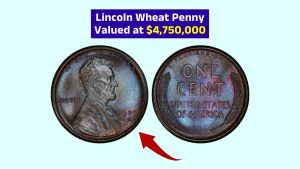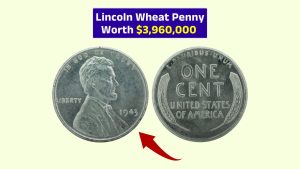Imagine pulling a penny from your pocket and realizing it’s worth half a million dollars. Sounds unreal, right? But for a lucky few, this is a real possibility — all thanks to one of the rarest coins ever minted in the U.S.: the 1943 bronze Lincoln Wheat Penny. Here’s how to spot it and why it’s worth so much.
Background
The Lincoln Wheat Penny was first introduced in 1909 and continued until 1958. Designed by Victor D. Brenner, it features Abraham Lincoln on the front and two wheat stalks circling the words “One Cent” on the back.
For most collectors, Wheat Pennies are sentimental, historical, and worth anywhere from a few cents to a few dollars.
But some — especially error coins — are worth far more.
Rarity
So why is one 1943 penny worth over $500,000? It all comes down to a minting mistake.
In 1943, the U.S. Mint switched from copper to steel for pennies to save copper for the war effort. Most 1943 pennies were made from steel and have a shiny, silver-like appearance.
However, a tiny number of coins were mistakenly struck using leftover copper planchets from 1942.
These accidental bronze (copper) 1943 pennies are now among the rarest and most valuable U.S. coins in history.
One sold for over $500,000 at auction — and fewer than 20 are confirmed to exist. The exciting part? Some experts believe there are still a few hiding in circulation.
Identification
Here’s how to check if you have one of these ultra-rare coins:
| Feature | What to Look For |
|---|---|
| Year | Must say 1943 on the front |
| Color | Coppery brown (not silver or gray like steel) |
| Magnet Test | Bronze doesn’t stick to magnets; steel does |
| Weight | Bronze weighs ~3.11g, steel weighs ~2.7g |
Use a magnet first — it’s the quickest test. If it’s copper-colored and doesn’t stick, it might be the real deal. To be sure, use a precise scale and weigh it. Still think it’s a match? Get it appraised by a certified coin dealer or grading service immediately.
Finding
You don’t need to be a collector to stumble upon this treasure. Rare coins often appear in places like:
- Loose change from stores
- Old piggy banks
- Coin rolls from banks
- Inherited jars or drawers
- Garage sales or flea markets
It’s shocking, but most people toss old pennies aside without a second thought. That’s why there’s a very real chance one of these valuable coins is still floating around, unnoticed.
Action
So, what should you do if you find a 1943 copper penny?
- Test it with a magnet — steel sticks, bronze doesn’t.
- Weigh it using a digital gram scale.
- Compare it to photos of authentic 1943 bronze pennies.
- Visit a reputable coin dealer or submit it for grading.
- If verified, consider selling it at auction — where collectors pay top dollar.
Even if it turns out not to be the ultra-rare version, many Lincoln Wheat Pennies still have decent value, especially in mint condition or with rare mint marks.
It’s hard to believe a single coin could be worth more than a luxury car or even a home — but the 1943 bronze Lincoln Wheat Penny proves that sometimes, real treasure lies right under your nose.
FAQs
What makes the 1943 penny valuable?
It was mistakenly made from bronze instead of steel.
How many 1943 bronze pennies exist?
Fewer than 20 are known to exist today.
How do I test if my penny is bronze?
Use a magnet—bronze won’t stick, steel will.
Can these rare pennies still be found?
Yes, experts believe some are still in circulation.
Where should I check for rare pennies?
Look in change jars, old wallets, and coin rolls.



